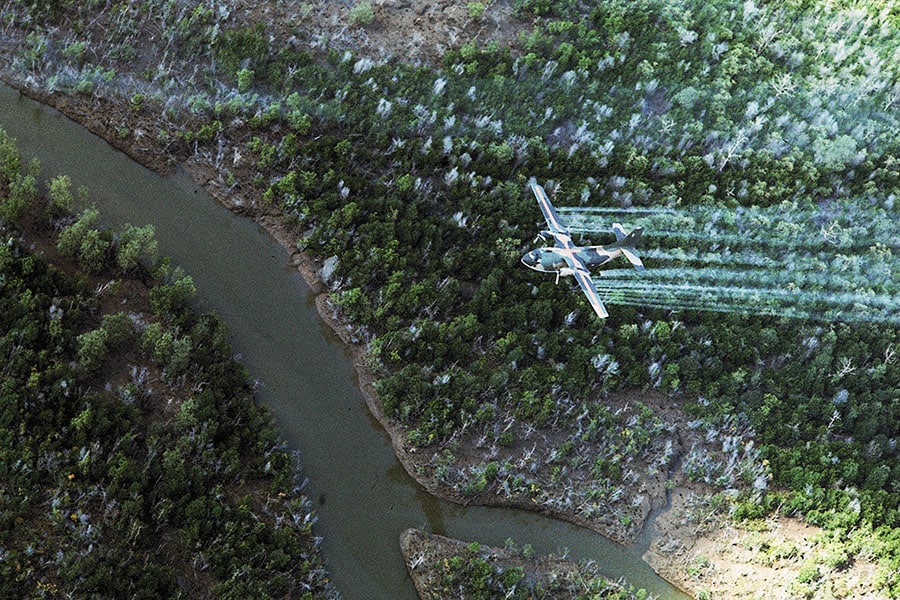
Kill Bill: Five major chemical attacks
Barbaric acts since the past century that preceded Syrian President Bashar al-Assad's assault on his citizens early April
 Image: Photo12/Uig via Getty Images
Image: Photo12/Uig via Getty Images World War I
Fought between 1914 and 1919, it saw about 90,000 deaths from the extensive use of chlorine, mustard gas, phosgene, etc. Perhaps its horrific consequences prevented usage in World War II, but nations continued to develop and stockpile them.
 Image: Dick Swanson/The Life Images Collection/Getty Images
Image: Dick Swanson/The Life Images Collection/Getty ImagesBetween 1962 and 1971, the US sprayed 13 million gallons of Agent Orange, a herbicide, over Vietnam to defoliate the area. It triggered health conditions, like cancers and birth defects that affected not just the Vietnamese but also war veterans for generations.
 Image: Desmond Boylan
Image: Desmond Boylan Iran-Iraq War
Iraq used lethal agents during the eight-year conflict that began in 1980. A CIA report says about 50,000 Iranians were maimed or killed. But it conducted the worst attack on its city Halabja in 1988, killing 5,000 Kurds considered unfriendly to the Saddam Hussein regime.
 Image: Yamaguchi Haruyoshi / Sygma Via Getty Images
Image: Yamaguchi Haruyoshi / Sygma Via Getty Images Tokyo subway attack I
A series of attacks took place in the Tokyo subway on March 20, 1995. Five members of Aum Shinrikyo, a doomsday cult, boarded trains on separate lines and punctured bags filled with liquid sarin, killing 13 and injuring over 5,000.
 Image: Khalil Ashawi / Reuters
Image: Khalil Ashawi / Reuters Syrian attack
In August 2013, in what was the worst case of chemical attack in 25 years, the Syrian government led by Assad launched rockets over the rebel-held areas in Damascus that released sarin, killing hundreds.
(This story appears in the 30 November, -0001 issue of Forbes India. To visit our Archives, click here.)
X





